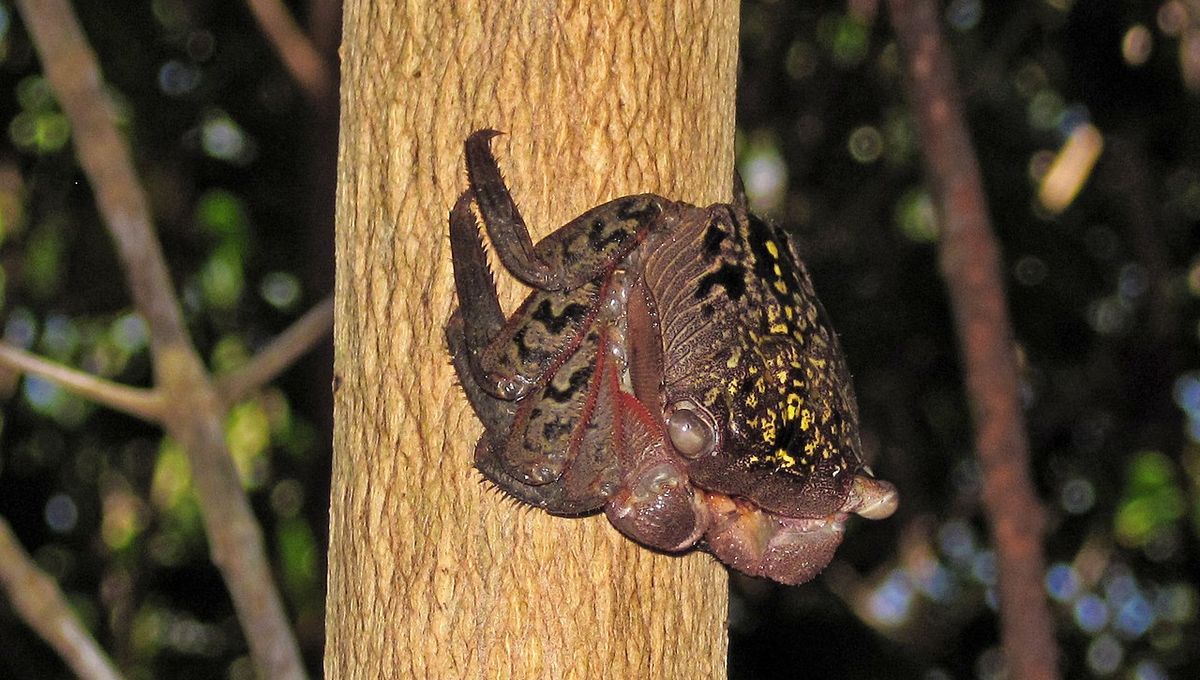
If you’ve been on the Internet for long enough, you’ve probably come across the meme that – sooner or later – everything turns into crabs.
According to the meme, sooner or later – be you a fish or Sean Penn – you are to become a crab. While this is of course just a fun exaggeration, it’s based on some fun evolution. For you see everything in nature (well, thankfully just crustaceans) seems to want to become a crab.
Like tech bros repeatedly trying to invent a new type of transport and accidentally reinventing the bus, evolution seems to keep spitting out animals that look like crabs. First coined as a term in 1916, carcinization was originally defined as “one of the many attempts of nature to evolve a crab”.
Convergent evolution is when similar features evolve in species from different periods or regions that have a similar form or function, despite the last common ancestor of the animals or plants not having that particular feature. Think how echolocation has evolved in both whales and bats, and mechanisms for flight evolved in birds, insects, pterosaurs, and bats. (Get your own evolutions, bats, quit hogging up everyone else’s).
As the video above explains, a lot of things you might reasonably call crabs (because they look and act like, well, crabs) aren’t actually crabs, they just “evolved into something that looked like crabs. Independently. Over and over again.”
During the cretaceous period creatures that looked more lobster-like in shape became more squashed, and their smaller back legs became longer and more crablike. The advantage seems to be that the crab shape allows them to walk and burrow more efficiently, with some crabs that can even climb trees thanks to the shape (see the horrifying main image).
It’s also possible that creatures with shorter tail segments survived more, due to both their maneuverability (mentioned above) but also because it gave predators less to latch on to. So until we know more, that’s why everything wants to be a crab.
An earlier version of this article was published in January 2021.
Source Link: Understanding Carcinization: The Evolutionary Trend Toward Crab-like Forms